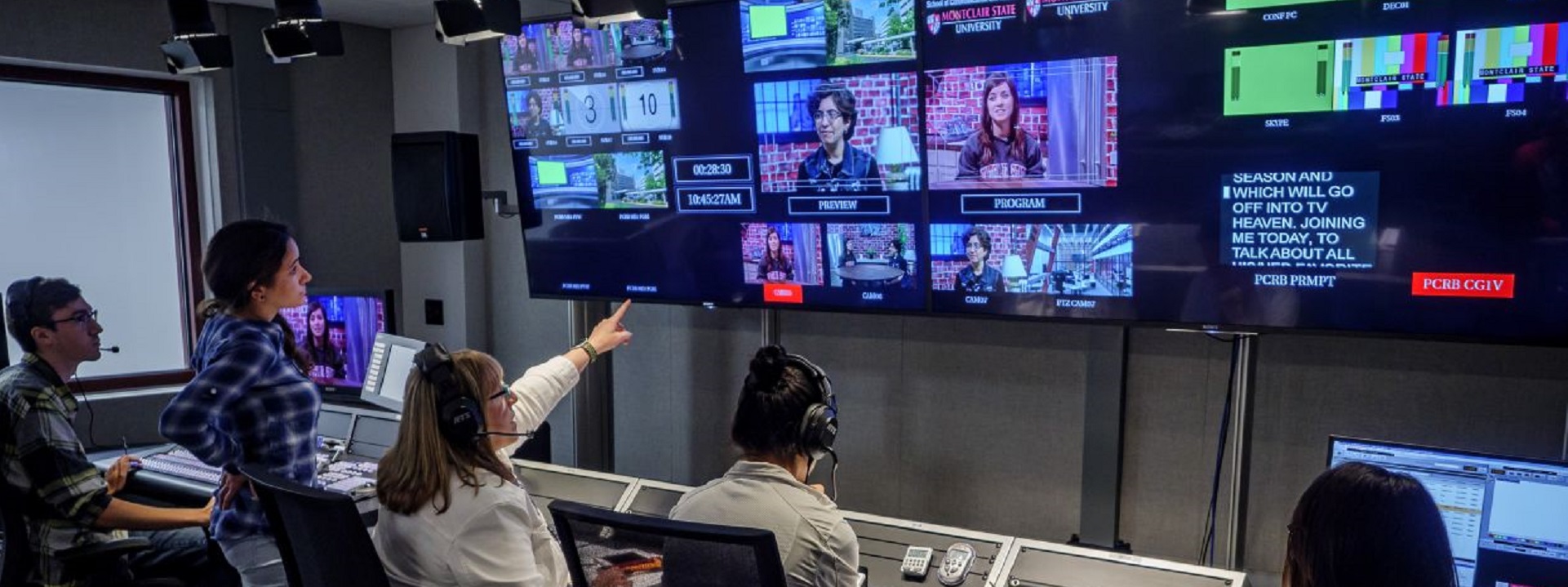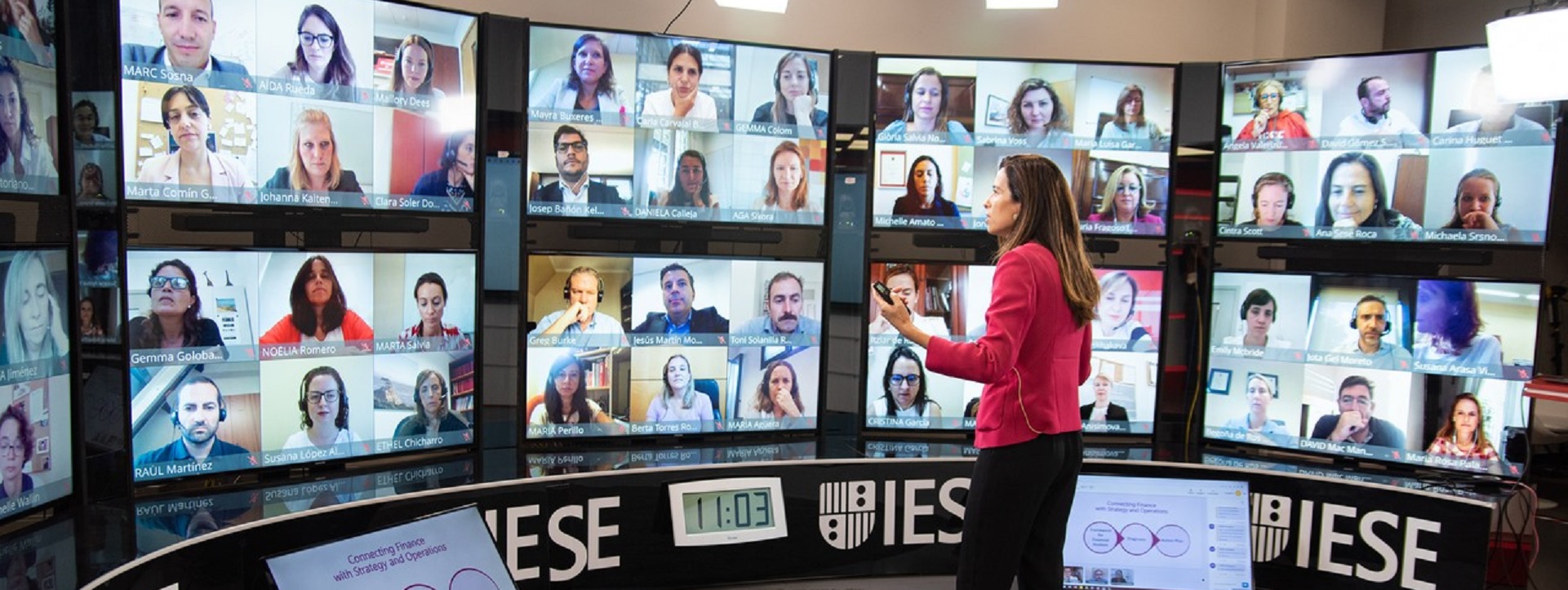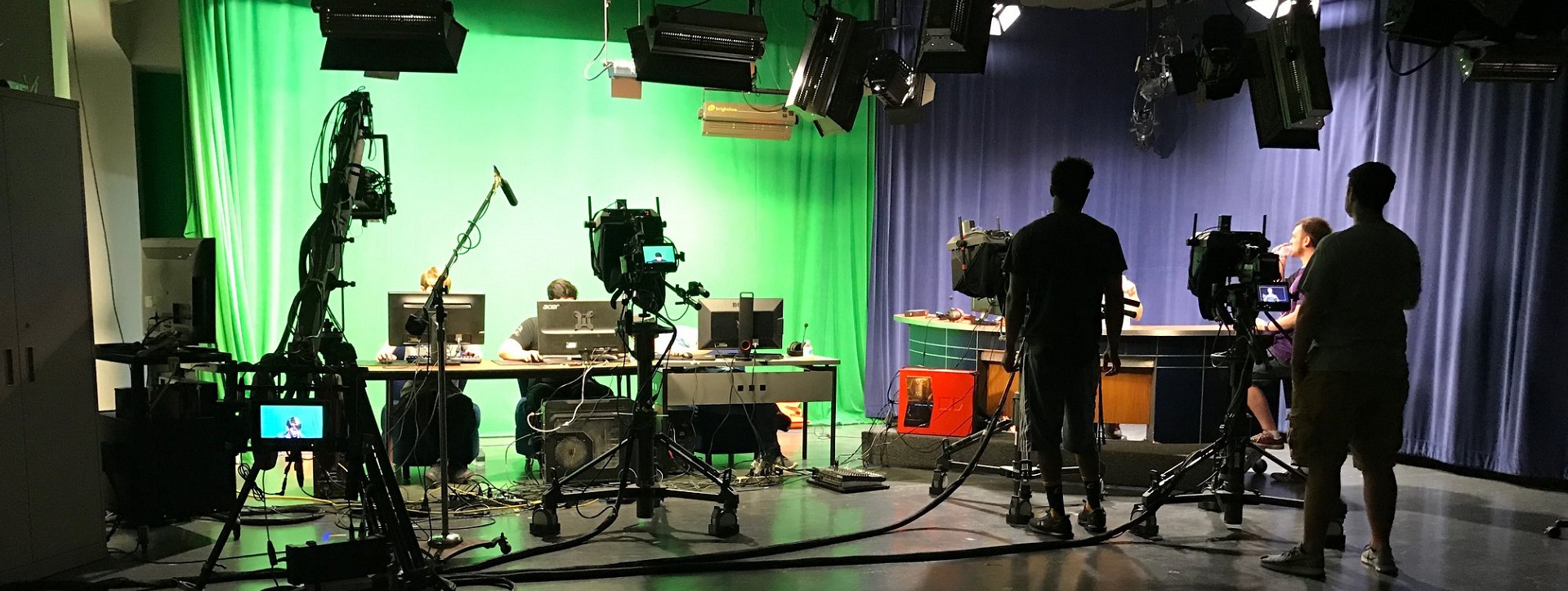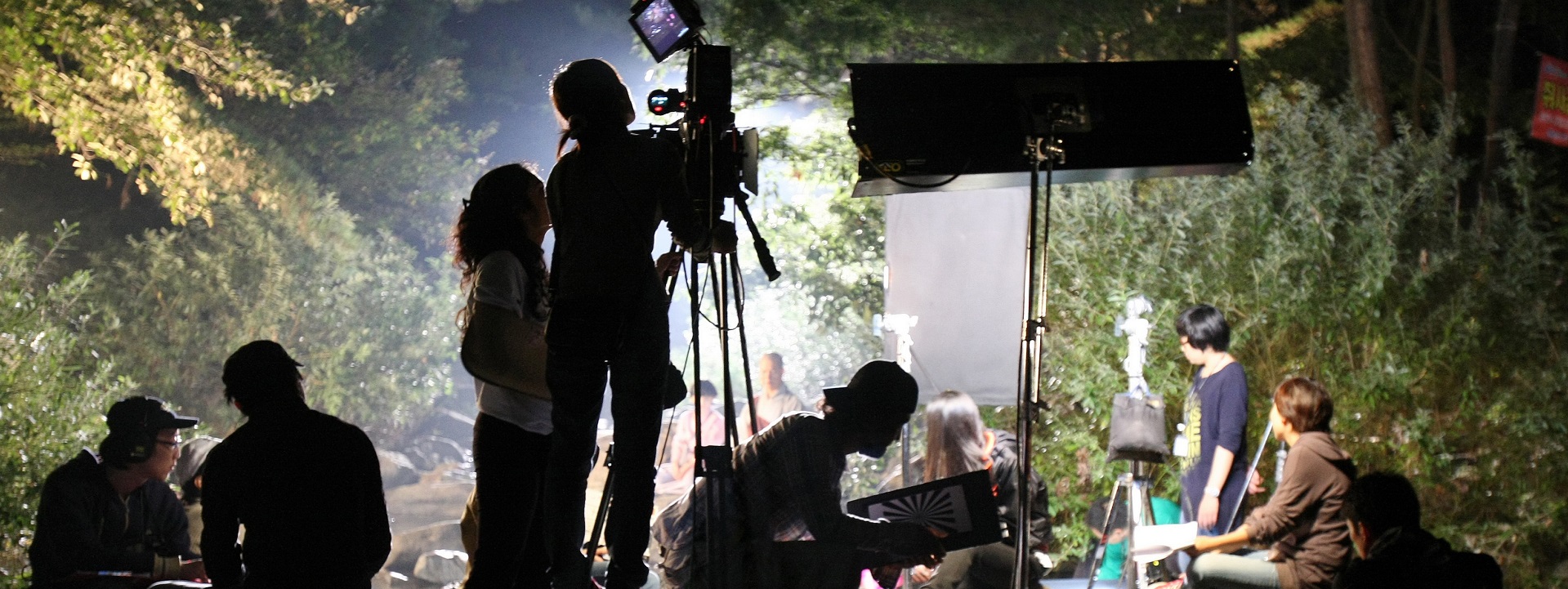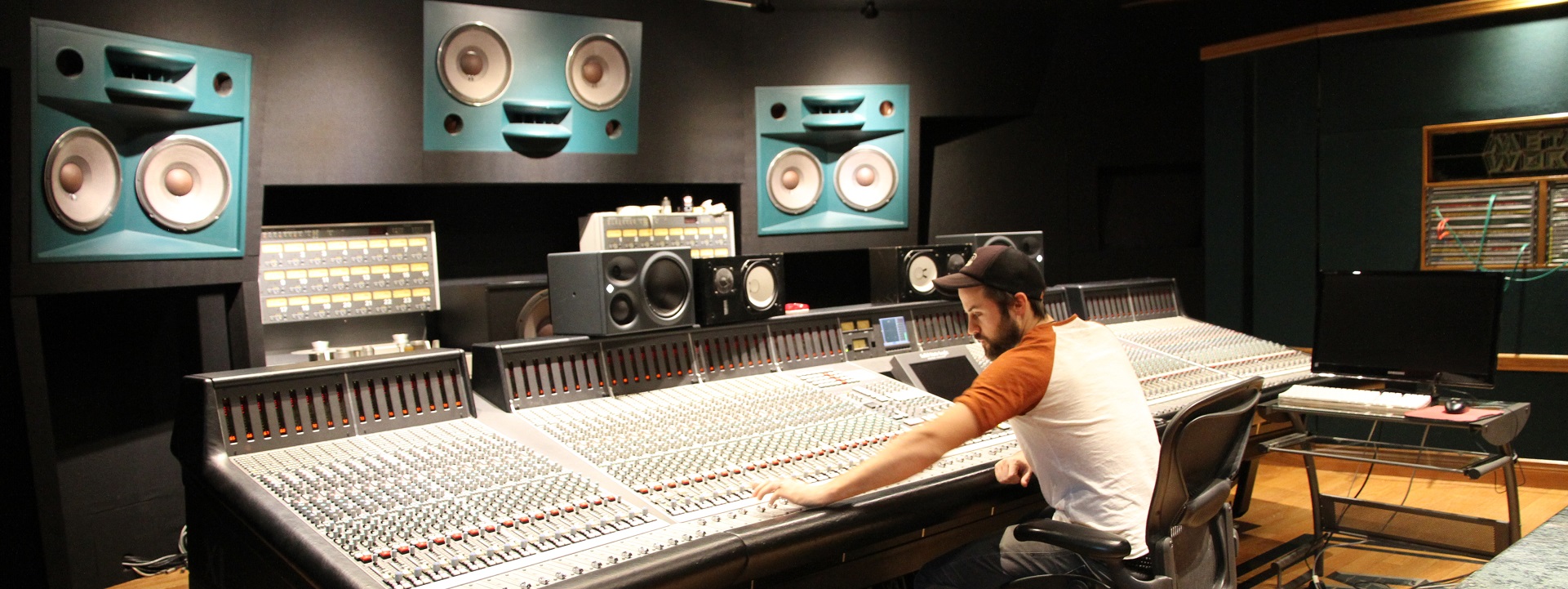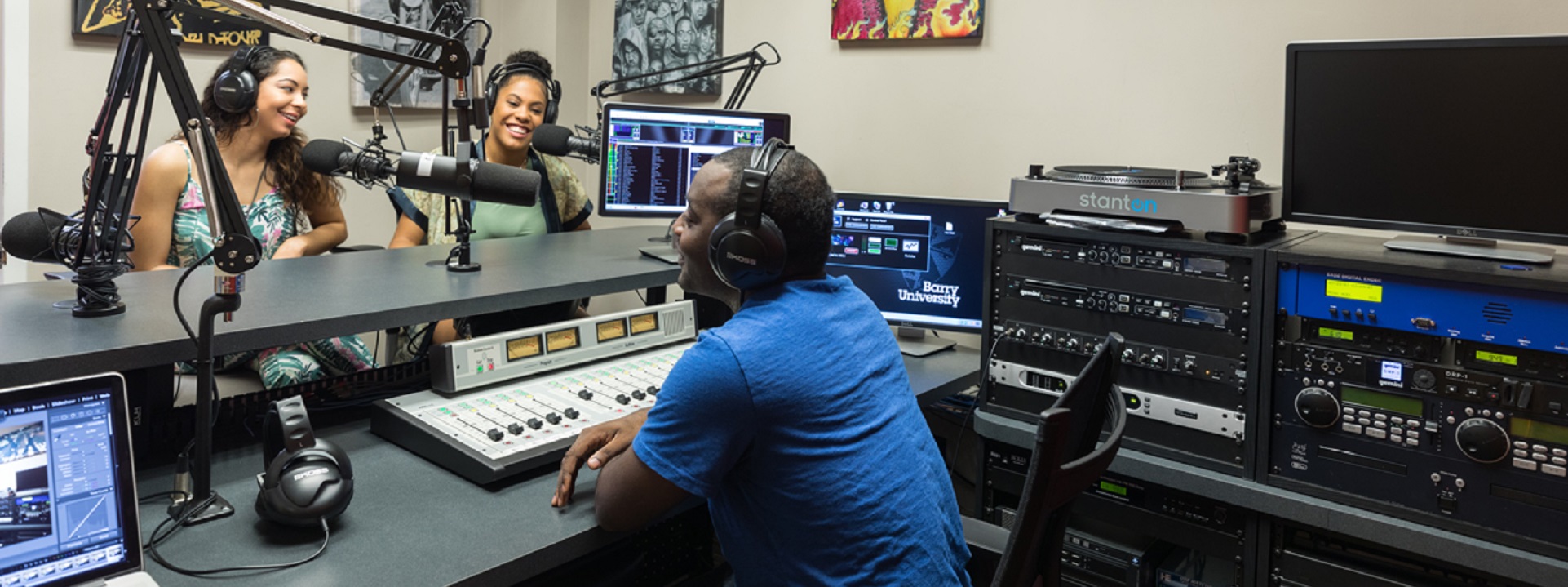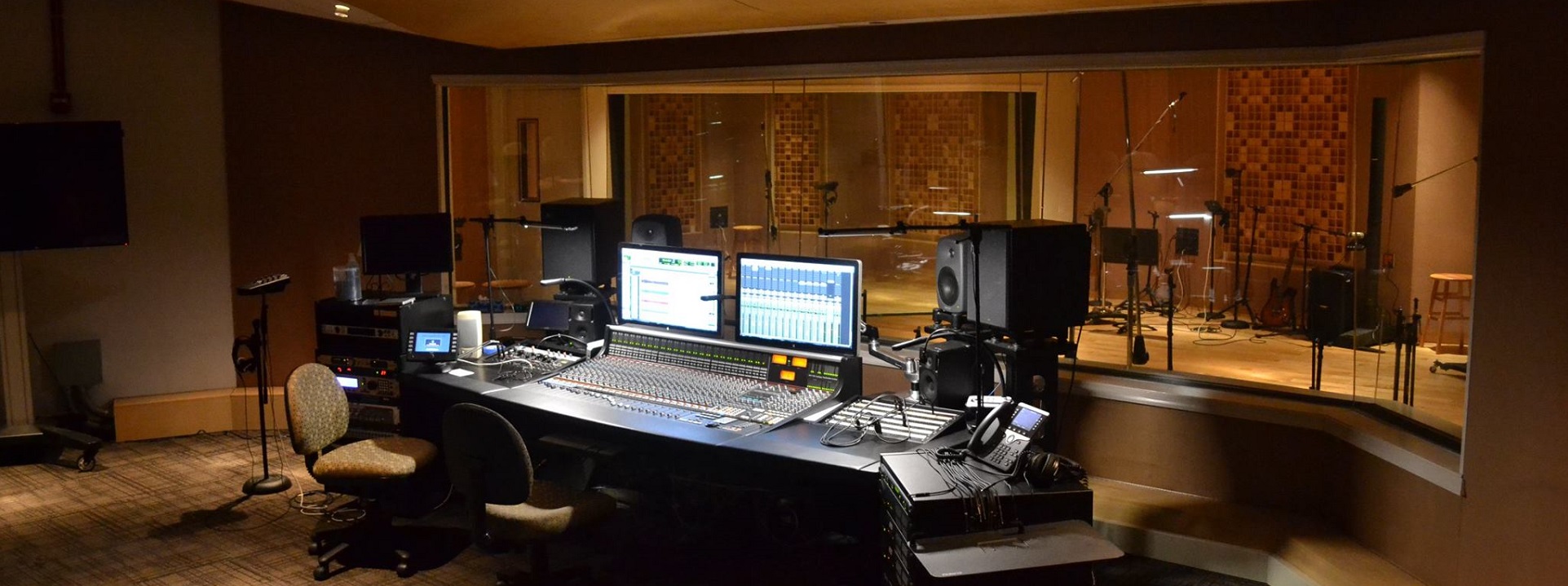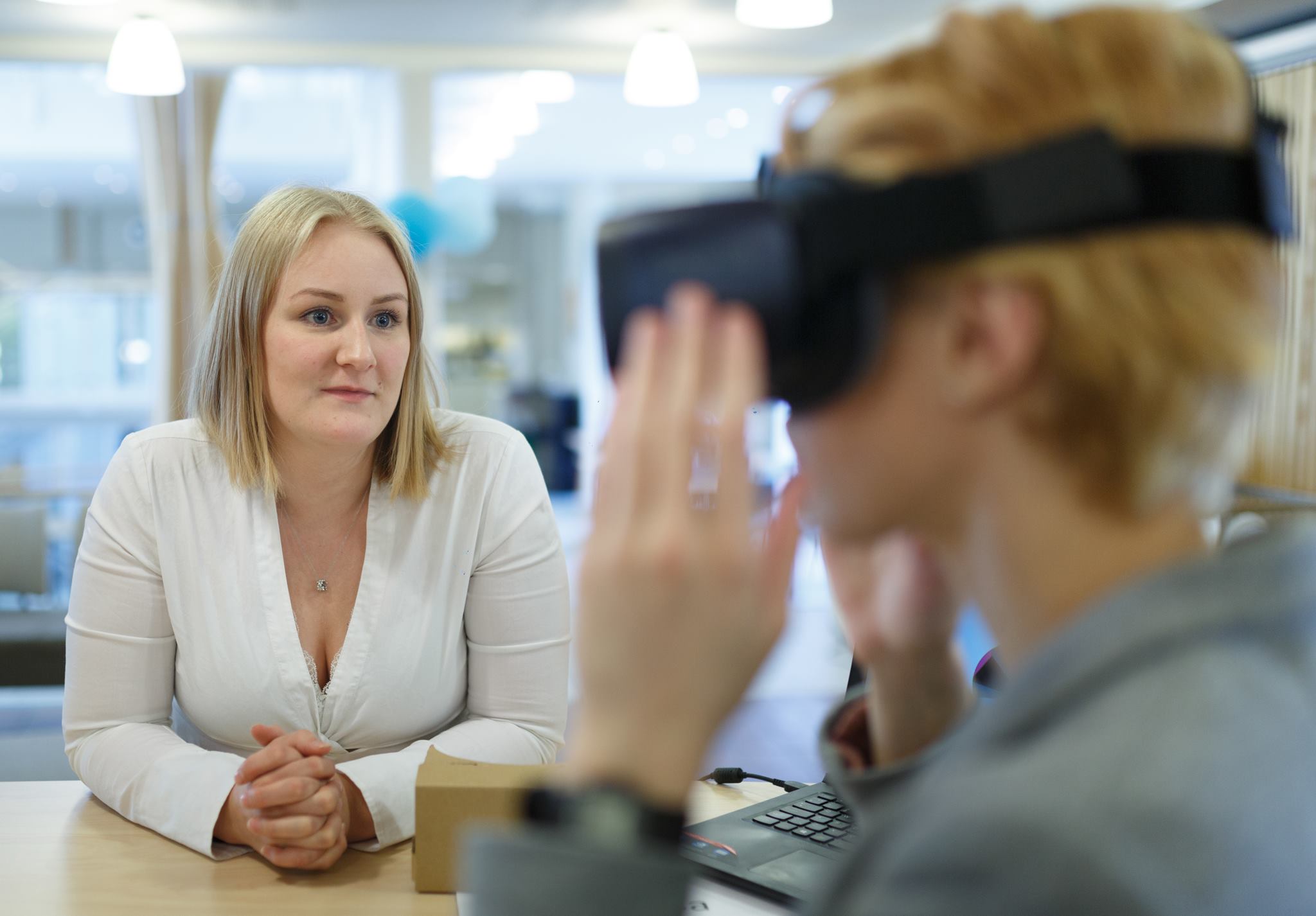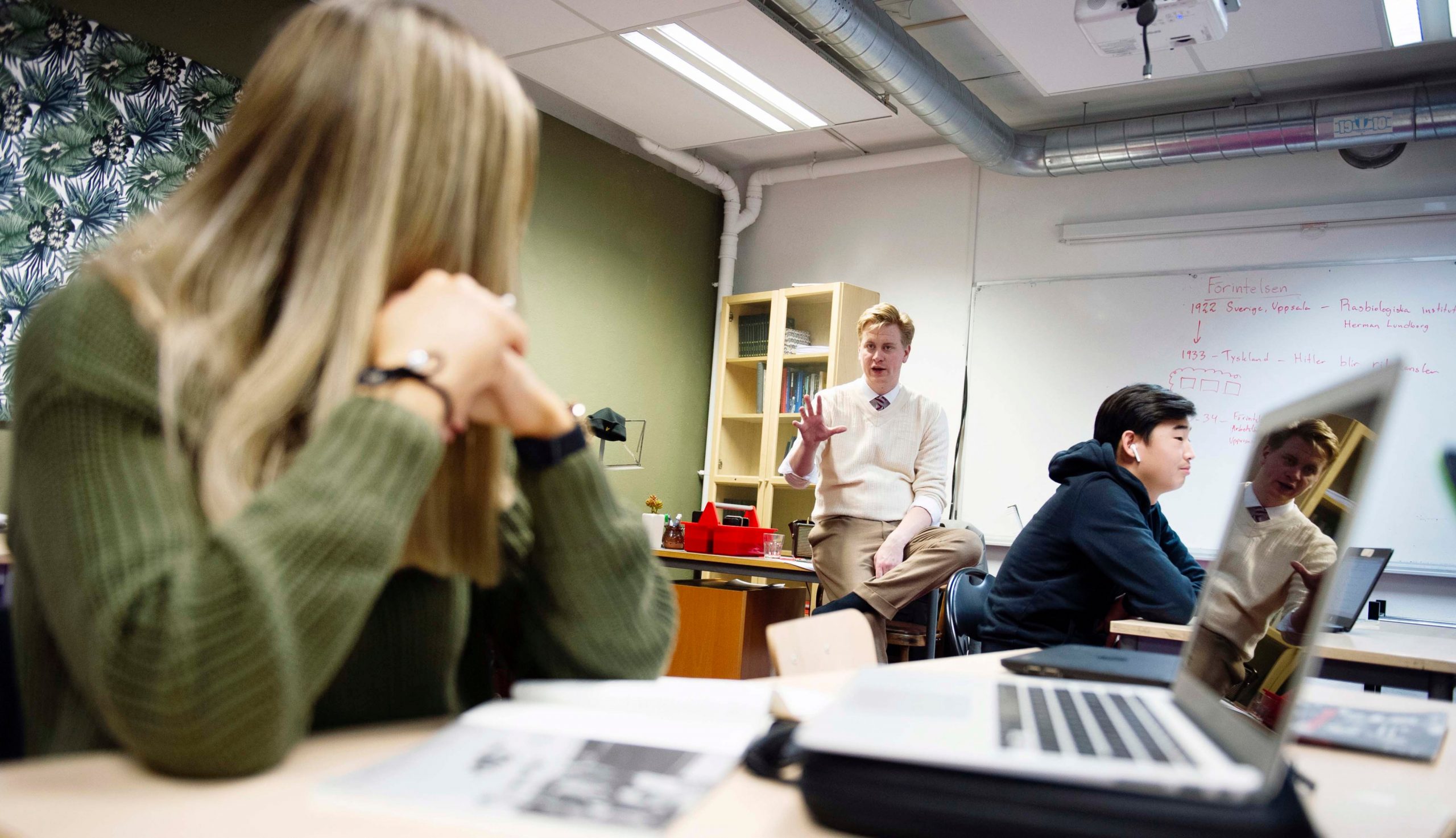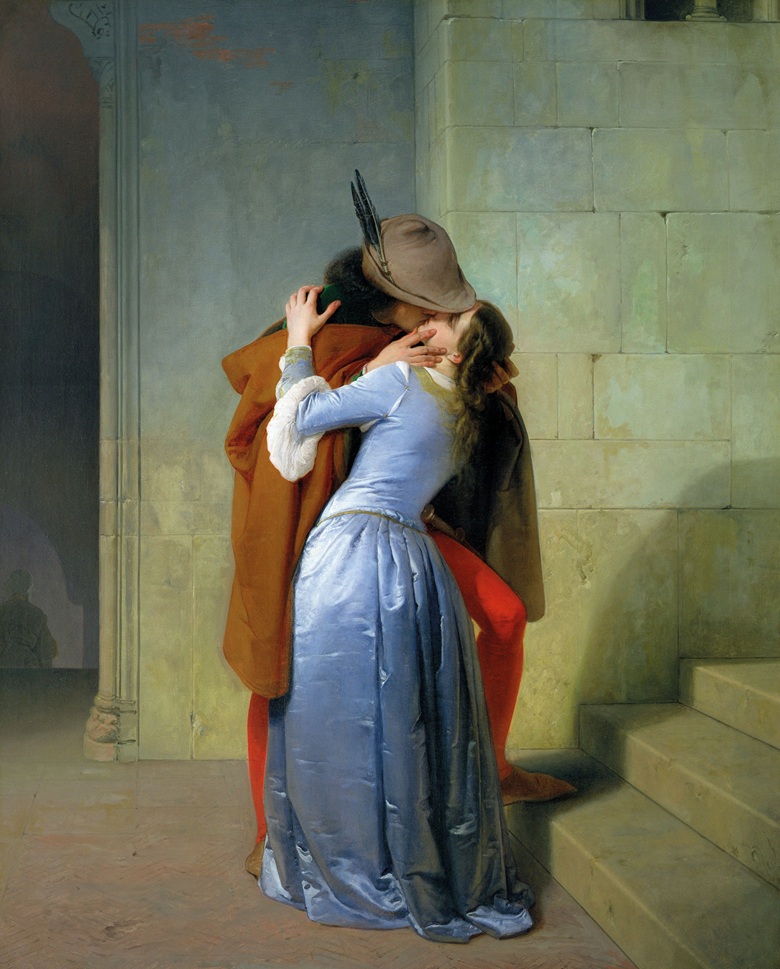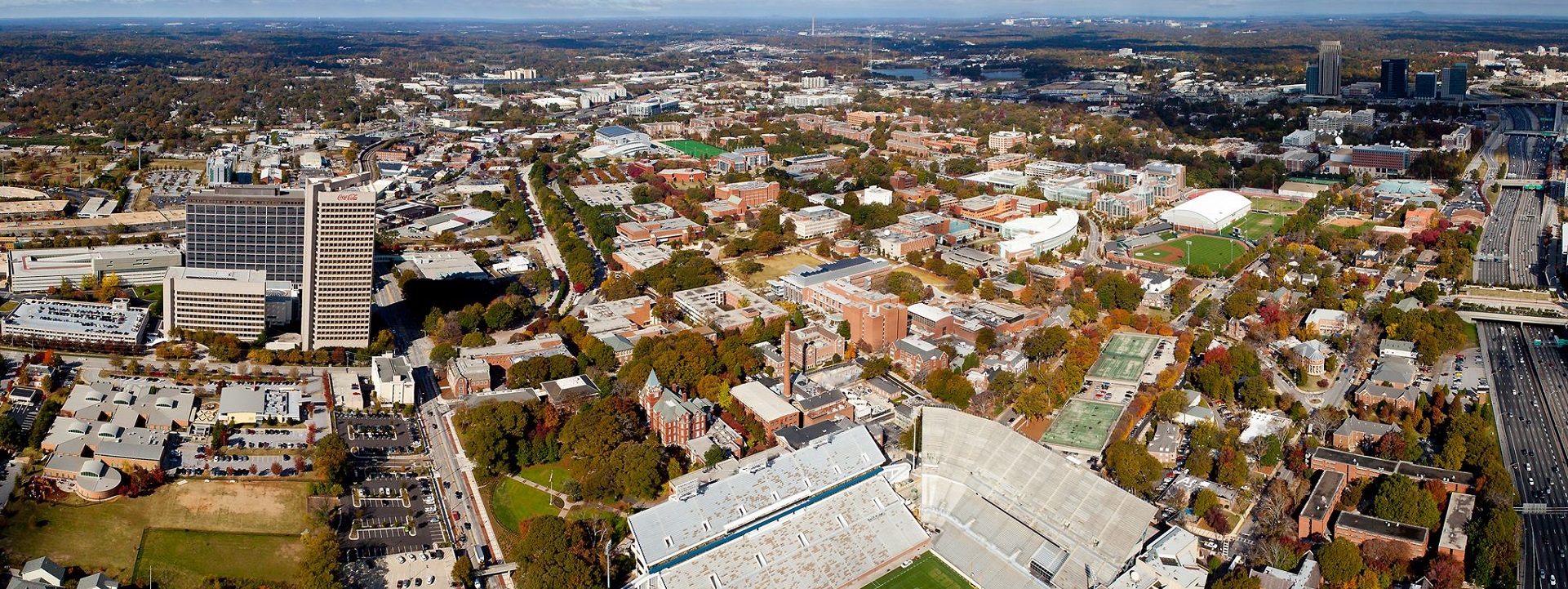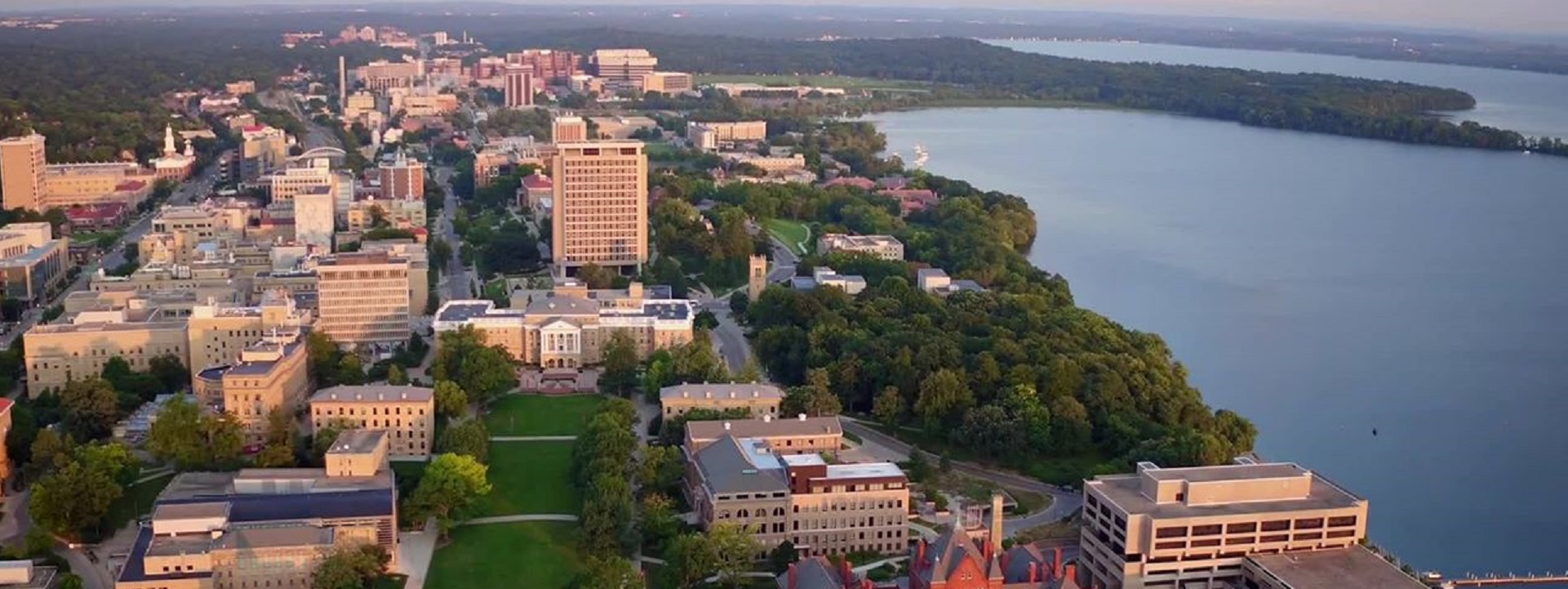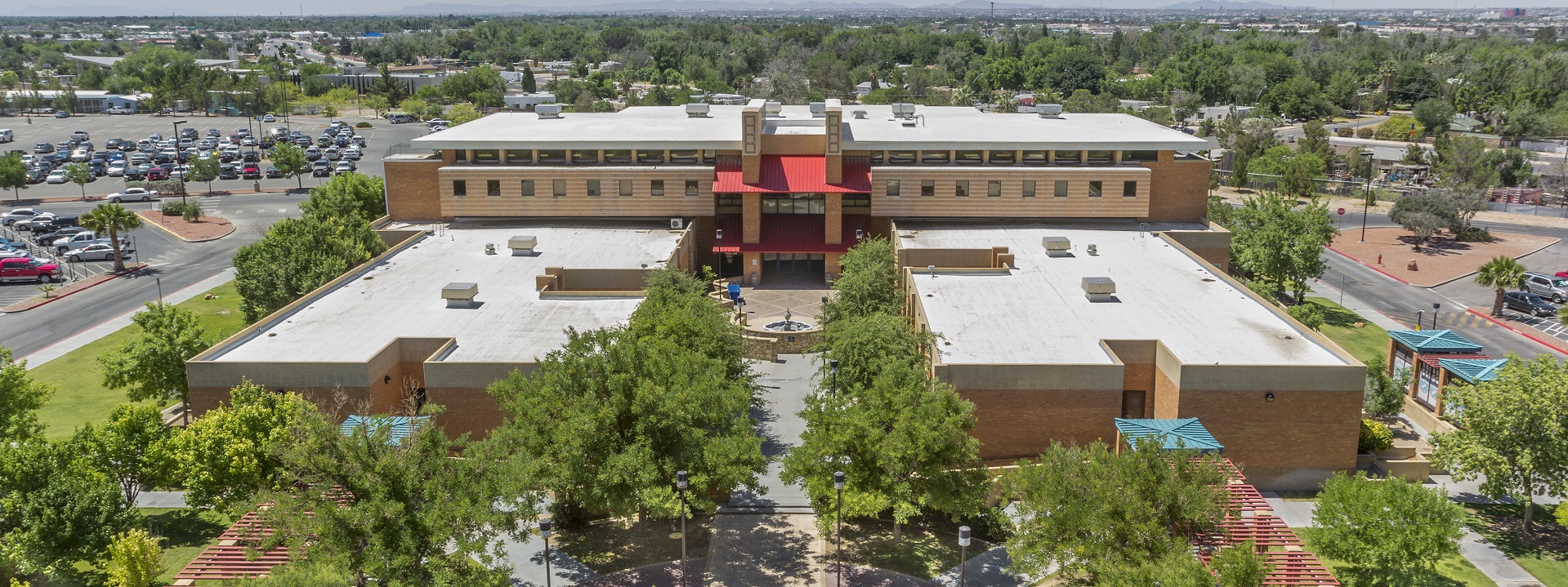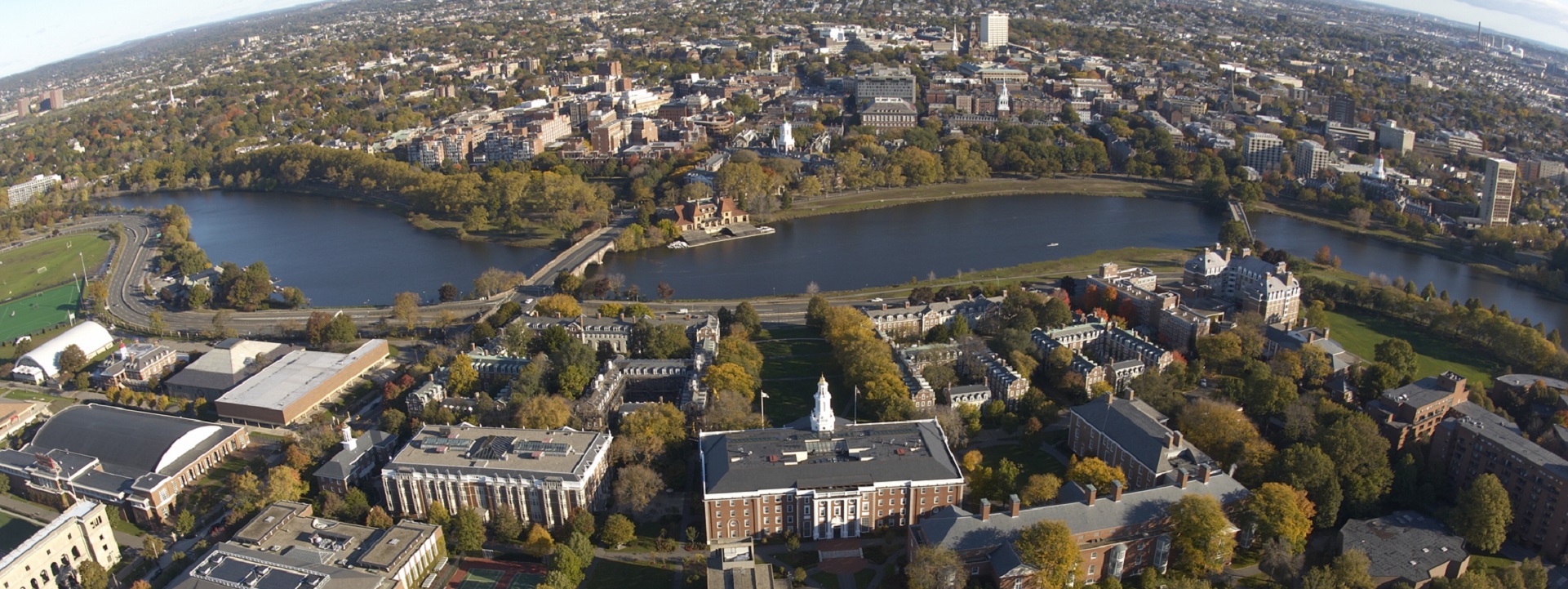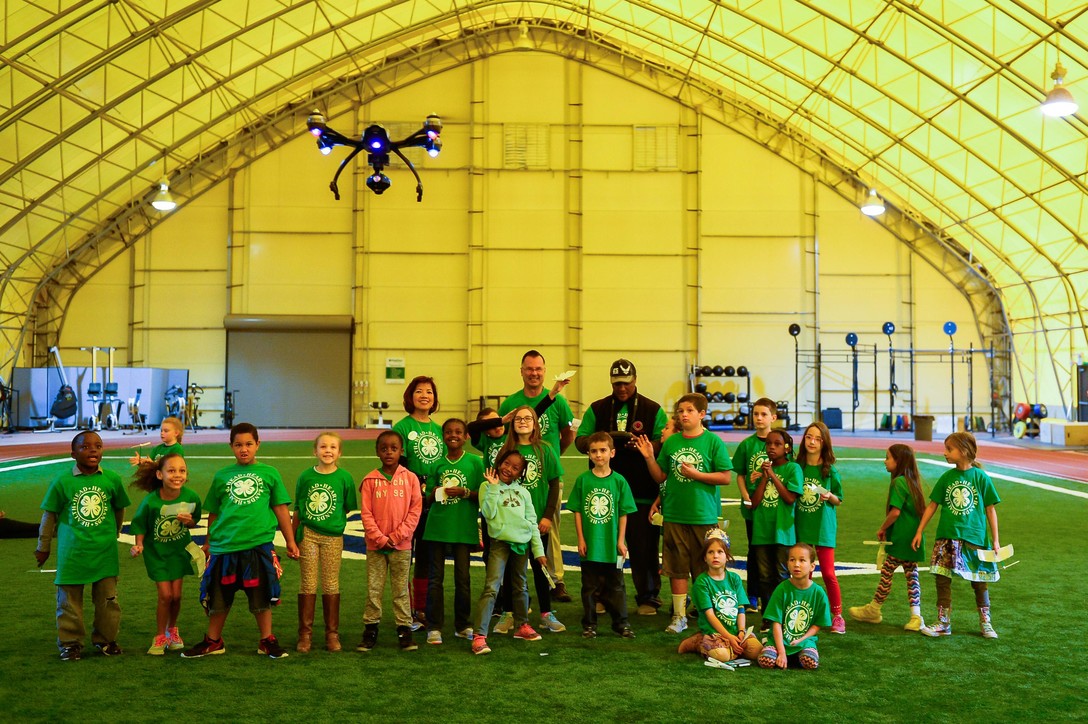“The entropy of a message source measures the average amount
of information produced by that source.”
Claude Shannon (University of Michigan, B.A. 1936)
A Mathematical Theory of Communication, 1948
Today at the usual time we run a status check on the technical literature informing best practice for remote/hybrid working, teaching, learning and lively art performance. We start with the following incumbent standards developers primarily involved with hardware interoperability permanently installed in the built environment (classrooms, studios, auditoriums and the like) for which stewards of physical assets are responsible.
We generally avoid spending any time on content creation and distribution by United States propaganda outlets – which includes the vast network of national public radio stations domiciled in educational settlements (and partially funded by the US federal government).
ASTM International
ATIS
Audio Engineering Society
BICSI International
Entertainment Services and Technology Association
Illumination Engineering Society
Institute of Electrical and Electronic Engineers
International Code Council | ICC G2 Guideline for Acoustics
International Telecommunications Unions
National Fire Protection Association | National Electrical Code Chapters 5 through 8
National Standards for Quality Online Courses
Society for Imaging Science & Technology
Society of Motion Picture and Television Engineers
Telecommunication Industry Association
Representative Specifications:
Washington University Audio/Visual & Multimedia Room Specifications
Indiana University Learning Spaces Design – Audio Visual Standards
University of Nebraska: Audio Visual Systems General Standards & Guidelines
As time permits we will review the blistering pace of development in platforms for teleconferencing, security, presentation software, academic content management systems — a domain moving too quickly for our resources but important to understand and navigate.


